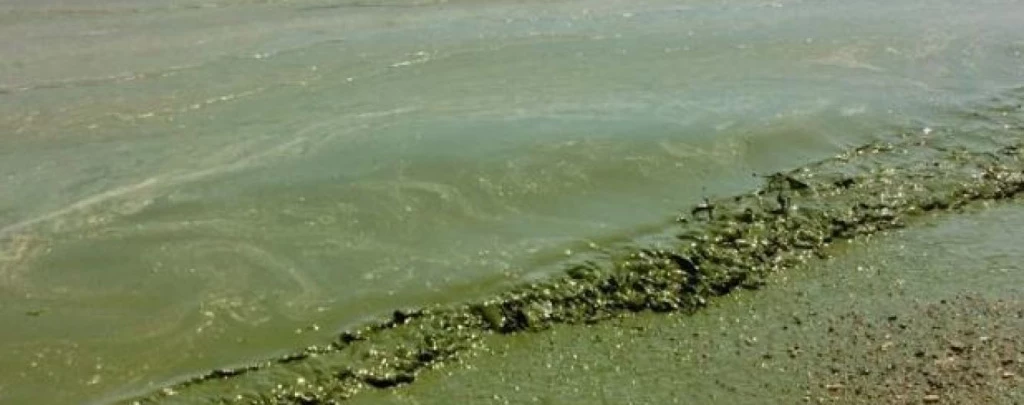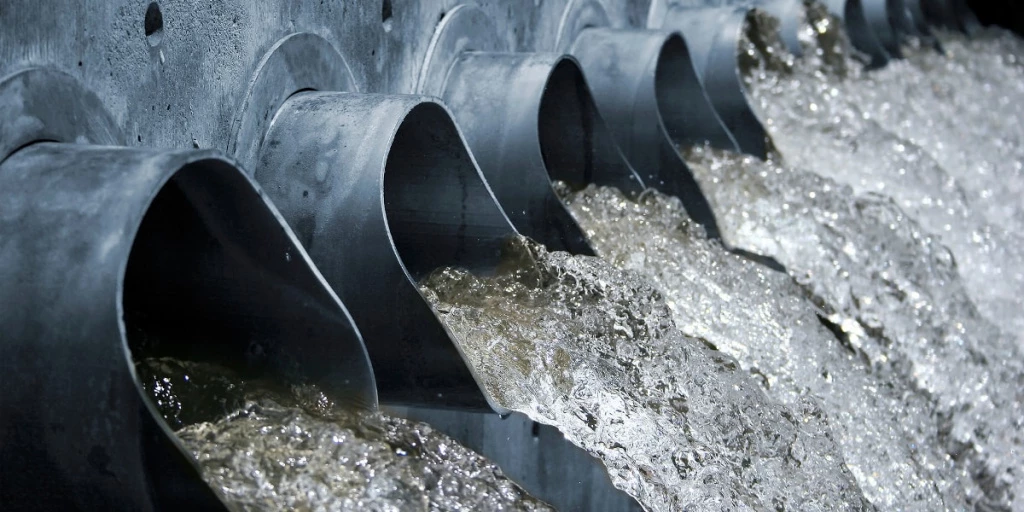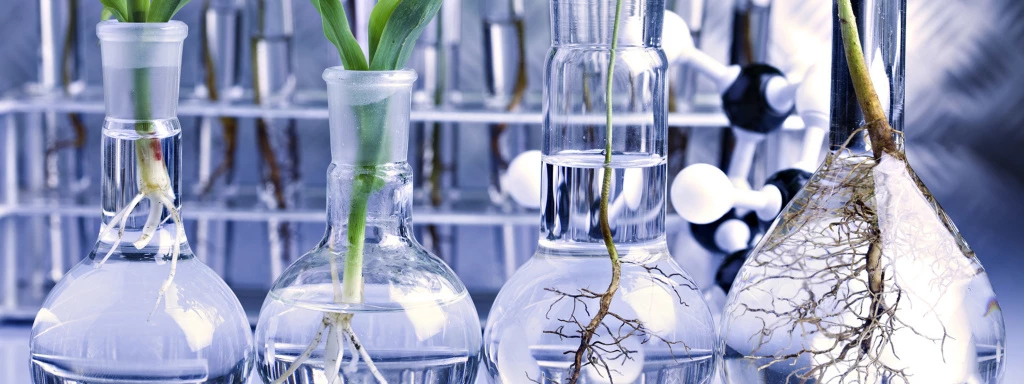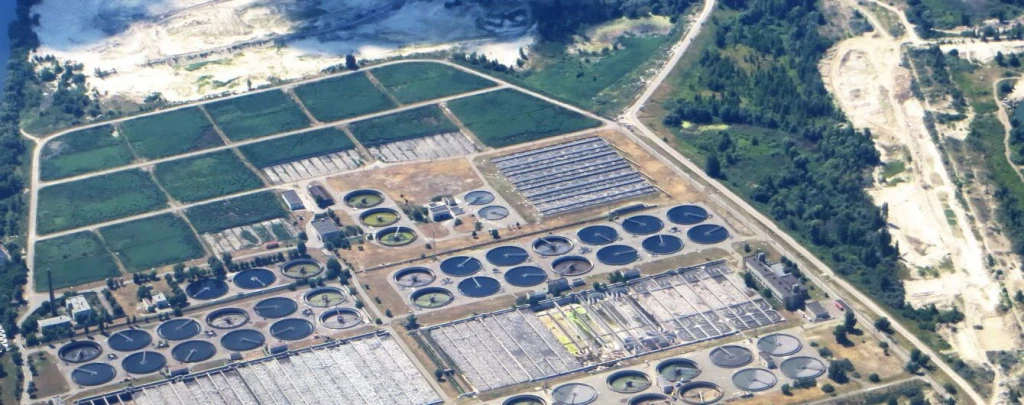Phosphates are salts of phosphoric acid, meaning they are compounds of phosphoric acid with specific, usually alkaline, metals.
Which phosphates are soluble in water?
Dihydrogen phosphate dissolves best in water, while hydrogen phosphate and phosphates dissolve less effectively. There are also polyphosphates, which consist of phosphate "chains," and organic phosphorus-containing compounds.
Phosphorus and nitrogen are essential biogenic elements necessary for the proper functioning of all living organisms. In water, phosphorus exists in the form of inorganic, organic, and organo-mineral compounds and is also part of the cells of aquatic organisms. Notably, inorganic compounds have the highest bioavailability.
When phosphorus and nitrogen levels in water become excessive, microorganisms receive more nutrients, leading to rapid reproduction. This process, known as eutrophication, reduces oxygen levels, kills fish, and makes water treatment more complex due to the increased biomass.
Phosphate cycle in nature
The diagram below illustrates the phosphate cycle in nature, showing how phosphorus moves through living organisms, sediment deposits, industrial processes, and the proliferation of cyanobacteria (blue-green algae), which multiply aggressively in water bodies with an excess of biogenic elements—nitrogen and phosphorus.
Regarding phosphate sources, they include wastewater, agricultural runoff, and weathering of rocks. We will analyze these in detail below.
Sources of phosphates in water
It is commonly believed that phosphates enter water bodies primarily through detergents. However, there are many more sources of phosphate pollution. As mentioned earlier, phosphorus is a microelement involved in microbial life processes. Problems arise when natural water bodies cannot cope with the volume of pollution discharged into them. Today, phosphates in marine and freshwater systems present a significant environmental challenge.

Data on the proportional sources of various pollutants in the EU vary significantly across different sources. The chart below provides an overview as of the year 2000.
Phosphate sources in water
With the introduction of legislation limiting phosphate discharge into water, the distribution of pollution sources in the EU has changed. Agriculture is now the primary contributor.
Due to the lack of regulations on detergents in Ukraine, the situation remains unchanged or has worsened. Most EU countries began imposing restrictions on phosphate use in the 1980s, but a clear visualization of the issue in Ukraine is unavailable.
One pressing concern, particularly for Kyiv residents, is the state of the Dnipro River. Over the last 20 years, phosphate concentrations in water supplied to the Bortnychi Aeration Station have increased fivefold—from 6–8 mg/L to 30 mg/L, while the maximum permissible concentration (MPC) is 8 mg/L. Given these conditions, wastewater treatment facilities fail to provide adequate purification, leading to increased phosphate discharge into surface waters and further eutrophication.
Phosphate concentration (mg/L P2O5) in water bodies around Kyiv:
- Nivka River – 0.1–2.29
- Irpin River – 0.26
- Dnipro River (upstream of Kyiv) – 0.2
- Discharge canal from Bortnychi Aeration Station – 4.5
The permissible concentration is 0.01 mg/L.
Determining phosphates in water

Phosphates are identified using DSTU 7525:2014, "Drinking Water. Quality Requirements and Control Methods," as well as GOST 18309-2014, "Water. Methods for Determining Phosphorus-Containing Substances" (previously used).
MPC of phosphates for different water sources (mg/L):
- Drinking water – 3.5
- Tap water – 0.4
- Flowing water bodies – 0.1
- Ponds and lakes – 0.05
- Wastewater – 0.03
Where do phosphates in water come from?

Human waste is a natural source of phosphorus. A person excretes about 1.5 g of this microelement daily. Additionally, biogenic elements enter wastewater from household chemicals.
Most households and enterprises discharge wastewater into centralized treatment facilities. These effluents contain biological phosphorus as well as phosphate components from detergents, food products, etc. Even modern water treatment systems struggle with high pollution volumes, while Ukrainian treatment plants require urgent modernization.
Weathering of rocks
Phosphorus naturally enters soil and water from minerals, a process that varies by region. Areas with phosphate and apatite deposits experience higher natural phosphate inputs into water.
Agricultural activities

Manure and fertilizers are primary sources of biogenic nitrogen and phosphorus. When plants cannot absorb all applied nutrients, they remain in the soil and are washed into nearby water bodies by rain or melting snow, leading to eutrophication. Mitigation techniques include:
- Optimizing fertilizer application based on quantity and season.
- Planting perennial crops or crop rotation to avoid bare fields, which experience higher erosion and phosphate runoff.
- Planting trees and shrubs around fields to absorb excess nutrients.
- Restricting livestock access to water bodies.
Rainwater runoff
Rainwater runoff from urban areas carries various pollutants, including biogenic elements, into water bodies, often through stormwater drainage systems without treatment.
Main applications of phosphates
Phosphates are widely used in various industries.
Detergents

Phosphates in laundry detergents, dishwashing liquids, and other cleaning agents act as chelating agents, binding calcium and magnesium ions to prevent scale formation and enhance surfactant effectiveness.
Sodium tripolyphosphate is the most common detergent ingredient, serving as a chelating agent and buffer. It also emulsifies fats. In some detergents, insoluble phosphates act as abrasives.
Due to their environmental impact, phosphate-containing detergents are banned or severely restricted in most European countries.
Fertilizers

Three main types of phosphate fertilizers are used:
- Phosphate Rock Powder – Least water-soluble; effective only in acidic soils.
- Superphosphate – Produced by treating phosphate rock with sulfuric acid; contains calcium sulfate as a ballast.
- Double Superphosphate – Higher active ingredient concentration but more harmful to the environment.









